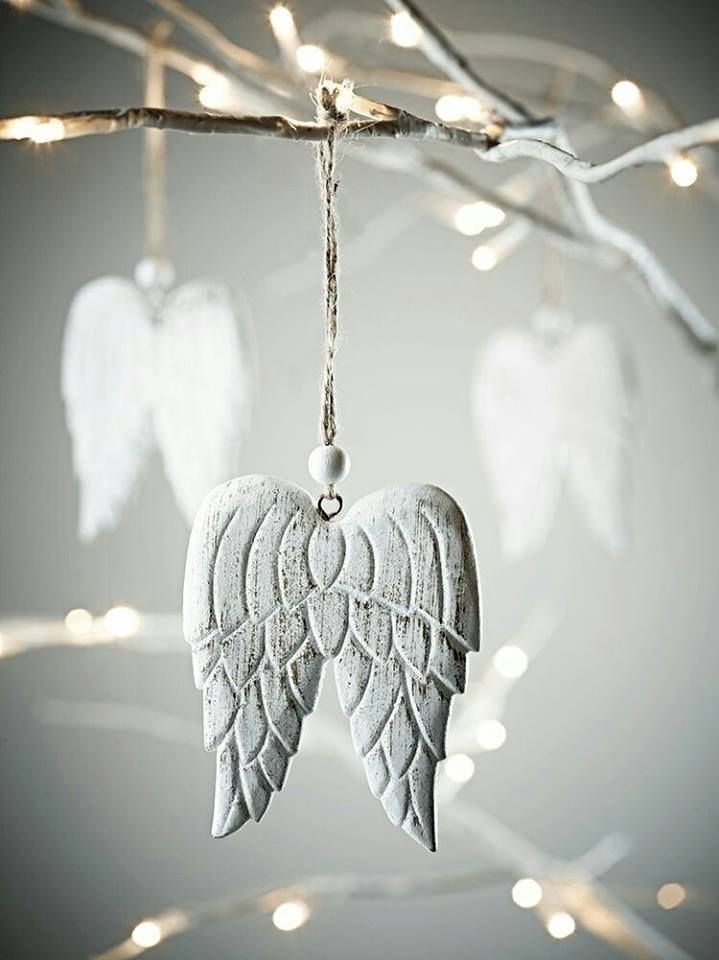Exploring the Influence of Orientalism in Chinese Art and Ethnography
- Koöko Fleurs
- Oct 3, 2024
- 4 min read

Orientalism is a term that has gained significant attention in the art world, particularly when discussing the influence of Western art on the East. It refers to a European perspective that romanticizes and exoticizes Eastern cultures, particularly those from Asia. This perspective has had a profound impact on the representation of Chinese art and ethnography, shaping the way we perceive and understand their culture.

The concept of Orientalism can be traced back to the 18th and 19th centuries when Western powers, specifically European countries, began to explore and colonize the East. This led to a fascination with Eastern cultures, resulting in a proliferation of Orientalist art. The Ching Dynasty of China, which lasted from 1644 to 1912, was a period when Chinese culture was heavily influenced by Western perceptions through trade and cultural exchanges.
Chinese art is a rich and diverse form of expression that encompasses a vast array of mediums and styles. From ancient artifacts to modern sculptures, Chinese art showcases the country's long history and cultural heritage. One of the distinct features of Chinese art is its utilitarian nature, where everyday objects such as pottery, textiles, and even furniture are transformed into works of art. The use of symbolism is also prevalent in Chinese art, particularly in sculptures and masks, which often represent deities or important historical figures. This symbolism is deeply rooted in the country's ancient belief systems and serves to pay homage to its rich cultural traditions. The Orient art, with its intricate designs and vibrant colors, is another distinctive characteristic of Chinese art that reflects the country's deep connection to nature and spirituality. Overall, Chinese art continues to captivate and inspire the world with its unique blend of utilitarianism, symbolism, and exquisite craftsmanship.

During this time, Chinese art underwent a transformation as it became more accessible to Westerners who were intrigued by its exoticism. The Chinese artifacts that were brought back to Europe were often displayed in museums and private collections, with little regard for their original context or significance. As a result, these objects were often misrepresented and commodified, perpetuating the Orientalist perspective.

One aspect of Chinese art that was heavily influenced by Orientalism is ethnography. Ethnography is the study of cultures and societies through observation and analysis of their customs, beliefs, and practices. During the Ching Dynasty, Westerners were fascinated by the elaborate rituals and customs of the Chinese people.

However, their perception of these cultural practices was often skewed by their own preconceived notions and biases. For example, the practice of foot binding, where women's feet were bound to prevent them from growing beyond a certain size, was seen as an exotic and barbaric custom by Westerners. It was often depicted in Orientalist art as a symbol of Chinese women's oppression, without understanding the cultural and historical context behind the practice.

This Orientalist perspective also had a significant impact on the representation of religious figures in Chinese art. The Buddha and Boddhisattva, who are central figures in Buddhism, were often depicted in Western art as serene and passive figures, embodying the peaceful nature of Eastern religions.

However, this representation of these religious figures ignores their complex and multifaceted roles in Chinese culture. In reality, the Buddha and Boddhisattva were not only symbols of peace and enlightenment but also represented power and authority. They were often portrayed as fierce and powerful beings in Chinese art, reflecting their role as protectors and rulers in society.
Furthermore, the influence of Orientalism can also be seen in the adoption of Chinese motifs and styles by Western artists during the Ching Dynasty. Many European artists were inspired by Chinese art and incorporated elements such as calligraphy, landscape painting, and porcelain into their own works.

However, these adaptations often lacked an understanding of the cultural significance behind these elements, reducing them to mere decorative additions. This appropriation of Chinese art by Western artists further perpetuated the Orientalist perspective, reinforcing the idea that Chinese culture was exotic and mysterious.
The impact of Orientalism on Chinese art and ethnography can still be seen today. Many Western museums still display Chinese artifacts without proper context or acknowledgement of their cultural significance. The popularity of Chinese art also continues to be fueled by its exoticism and otherness, rather than an appreciation for its cultural value.

However, there has been a growing movement to challenge this Orientalist perspective and promote a more accurate understanding of Chinese art and culture. In recent years, there have been efforts to repatriate stolen or looted Chinese artifacts to their country of origin, allowing for a more comprehensive understanding of their cultural significance.
There has also been a shift towards promoting contemporary Chinese art that challenges the traditional Orientalist perspective. Artists such as Ai Weiwei and Cai Guo-Qiang use their work to critique the Western perception of China and reclaim their cultural identity from the gaze of Orientalism.
In conclusion, the influence of Orientalism on Chinese art and ethnography during the Ching Dynasty has had a lasting impact on how we perceive and understand Chinese culture. It has perpetuated a romanticized and exoticized view of the East, often at the expense of accurate representation and appreciation. However, through efforts to challenge this perspective and promote a deeper understanding of Chinese art and culture, we can move towards a more nuanced and respectful portrayal of this rich and diverse civilization.











Comments